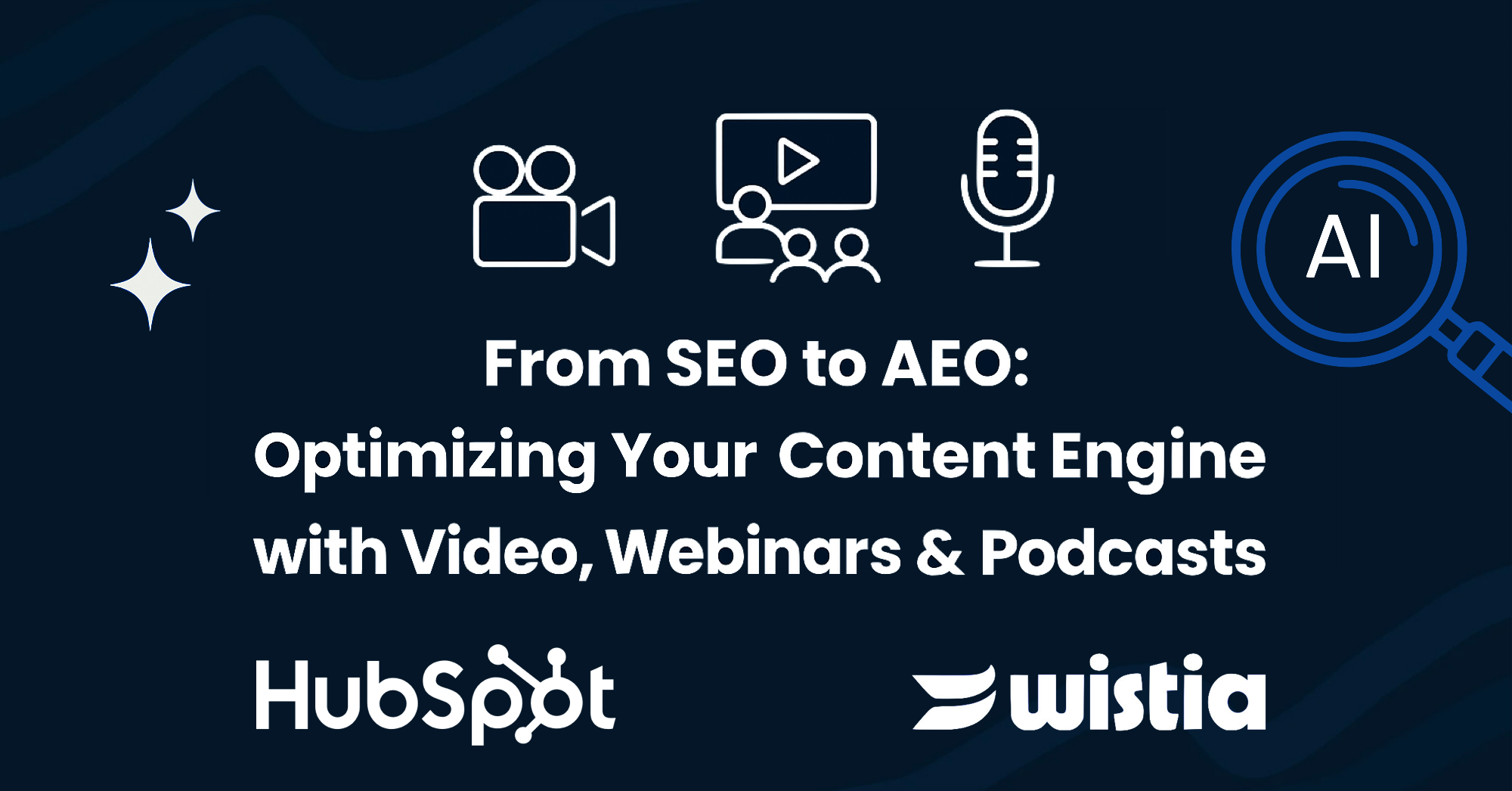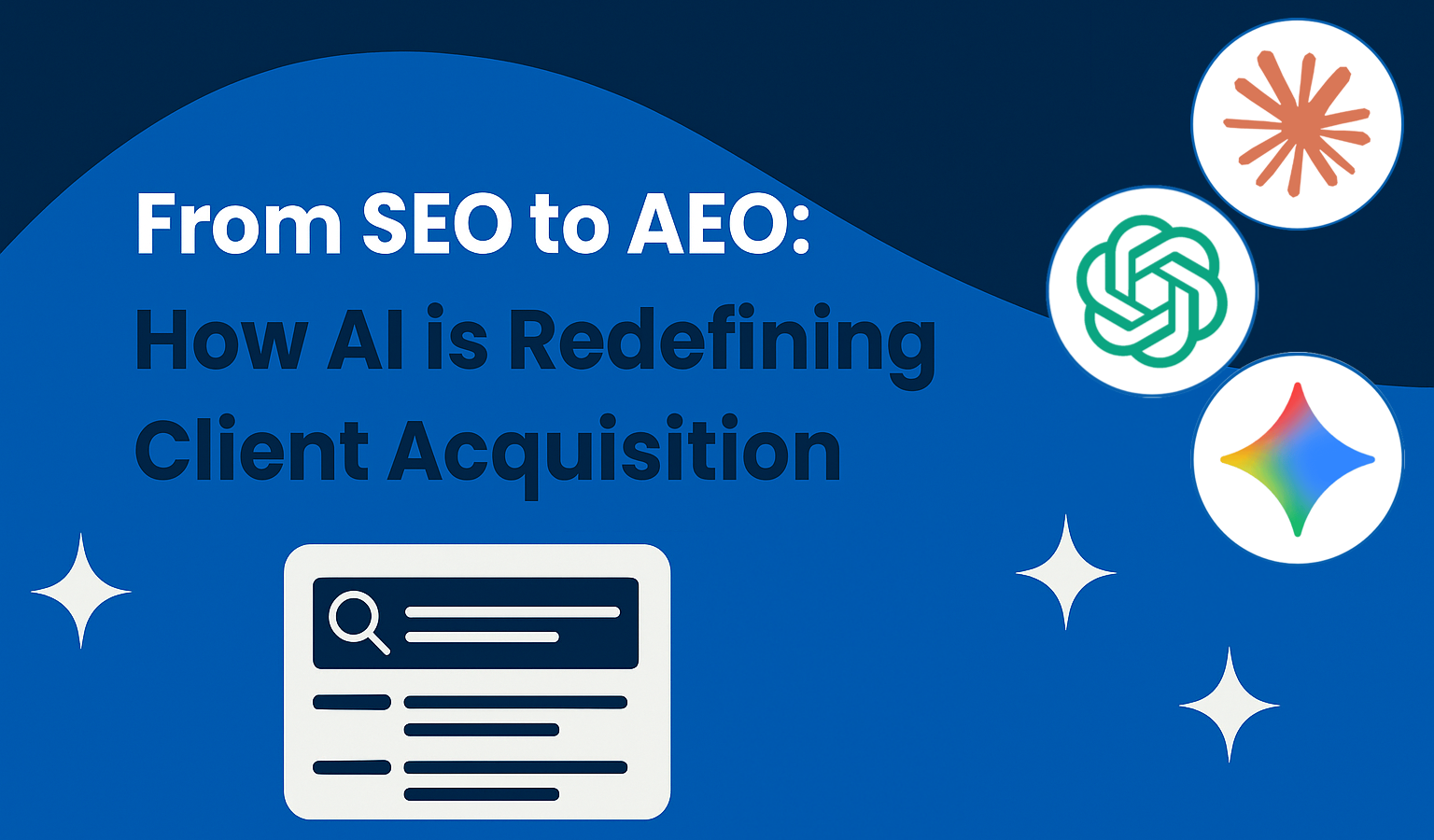Pay-Per-Click (PPC) campaigns are great for driving traffic quickly, but that alone doesn’t guarantee performance. Without the right strategy in place, bounce rates climb, conversions lag, and ad spend adds up without delivering the return you expected. The problem usually isn’t the ads themselves, it's what happens after the click.
Getting more out of your PPC budget means having a system that supports the entire journey, not just the first interaction. That’s where inbound marketing can make a measurable difference.
Here are four ways inbound marketing can help improve your PPC performance and drive better ROI.
1. Create Better-Converting Landing Pages
If you’re seeing a high bounce rate, there’s a good chance your PPC traffic isn’t finding enough value on the page. Maybe the message doesn’t match the ad. Maybe the content isn’t what they expected. Either way, it leads to missed opportunities.
Inbound marketing helps fix this by giving you the tools and insights to build landing pages that are more aligned with what visitors are actually looking for. It starts with understanding your personas, knowing what stage of the buyer’s journey they’re in, and creating content that speaks to their specific questions or challenges.
Instead of sending all traffic to a generic contact form or service page, inbound allows you to create targeted offers, like guides, checklists, or consultations, paired with messaging that connects directly to the PPC ad. The result is a landing page that feels relevant, builds trust, and gives visitors a clear reason to convert.
2. Access Behavioral Data for Smarter Targeting
Inbound marketing gives you access to behavioral data most PPC platforms can’t provide. Every blog view, form submission, email click, and content download tells you something about what your audience cares about and where they are in the buying process.
This kind of insight is incredibly useful for improving your PPC strategy. You can see which topics drive the most engagement, which keywords bring in qualified visitors, and which messages actually resonate. That information helps you write stronger ad copy, refine your targeting, and build campaigns that feel more personalized.
When your ads speak directly to what your audience is already interested in, you waste less budget and attract more qualified clicks. That leads to better conversion rates and a stronger return on your spend.
3. Warm Up Audiences for Retargeting
Cold traffic is harder (and more expensive) to convert. When someone sees your ad for the first time, they often need more information and trust before taking action. That can drive up your costs and lower your return.
Inbound helps you build a pool of engaged contacts through blog visits, gated content, email signups, and other interactions. These are people who have already shown interest in your brand, which means they’re more likely to click again and take action when they see your ad.
Instead of retargeting everyone who bounced from a landing page, you can focus your ad spend on visitors who downloaded a resource, viewed key content, or returned to your site more than once. That kind of targeting improves click-through rates and lowers your cost per lead because you’re reaching people who are already further along in the decision-making process.
4. Stay Engaged With Long-Term Lead Nurturing
Not every PPC visitor is ready to make a decision right away. Some are still comparing options, others are early in their research, and a few are simply not ready to take the next step. Without a plan to follow up, those potential leads often slip through the cracks, taking your ad spend with them.
Inbound marketing helps you stay connected to these visitors. Through email, automated workflows, and targeted content, you can keep them engaged even after they’ve left your site. If they don't convert immediately from your PPC campaign, they remain in your marketing ecosystem where you can continue building relationships and trust.
This long-term approach significantly improves your overall ROI from PPC campaigns. Visitors who didn't convert on their first visit may purchase weeks or months later.The key is having systems in place to capture contact information and deliver ongoing value to prospects over time. This turns one-time PPC clicks into ongoing marketing opportunities.
The Strategic Advantage of Integration
PPC is a powerful way to drive traffic, but traffic alone doesn’t lead to results. When paired with an inbound strategy, you create a system that captures attention, builds trust, and guides leads through the entire buying process. The result is a more efficient use of your ad budget and stronger long-term ROI.
If your PPC strategy isn’t delivering the results you want, it might be time to rethink how everything fits together. At Nextiny, we help teams build integrated strategies that drive real results. Contact us today to see how it can work for your business.
.png)

-1-1.png)


